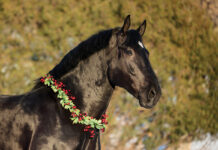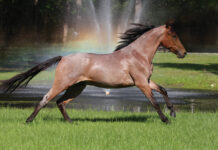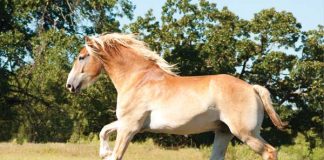Today’s harness racing trotters and pacers can do a lot more than pull a sulky at high speeds. Standardbred horses retiring from off the track suit riders of all levels in disciplines ranging from dressage and barrel racing to fox hunting and reining.
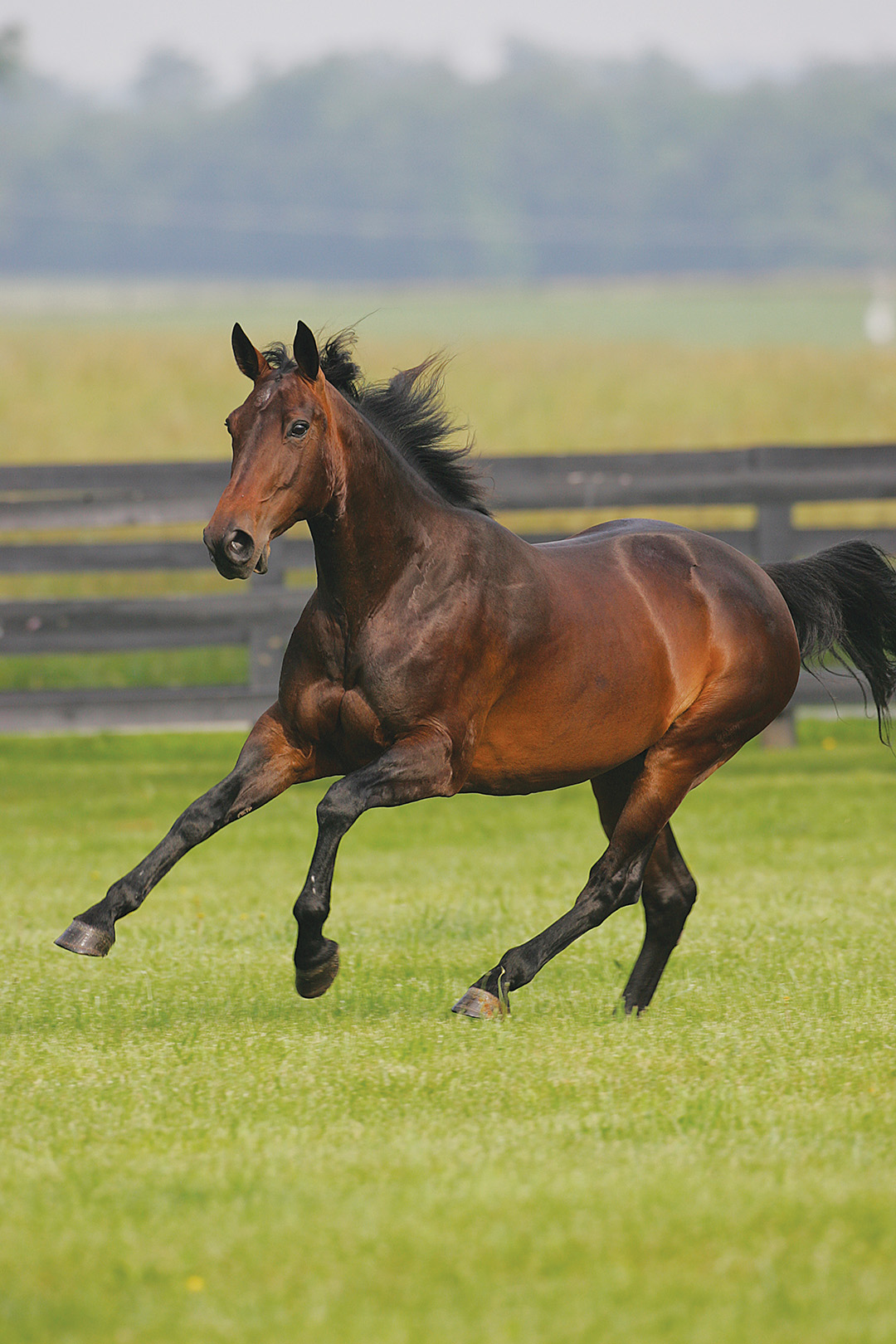
More Than a Racehorse
“I’m a big advocate for getting these horses when they’re done on the track,” Helene says. “I like to pursue new careers, and they’re so good at it. The sky is the limit.”
Standardbreds can also be found at the higher echelons of competitive equestrian sport. In 2007, the United States Trotting Association (USTA) breed registry began accepting applications for Standardbreds and their riders interested in performing in a breed demonstration at the 2010 Alltech FEI World Equestrian Games in Lexington, Ky. Eight horse-and-rider pairs were selected, with backgrounds in dressage, hunter/jumper, endurance, and western riding.
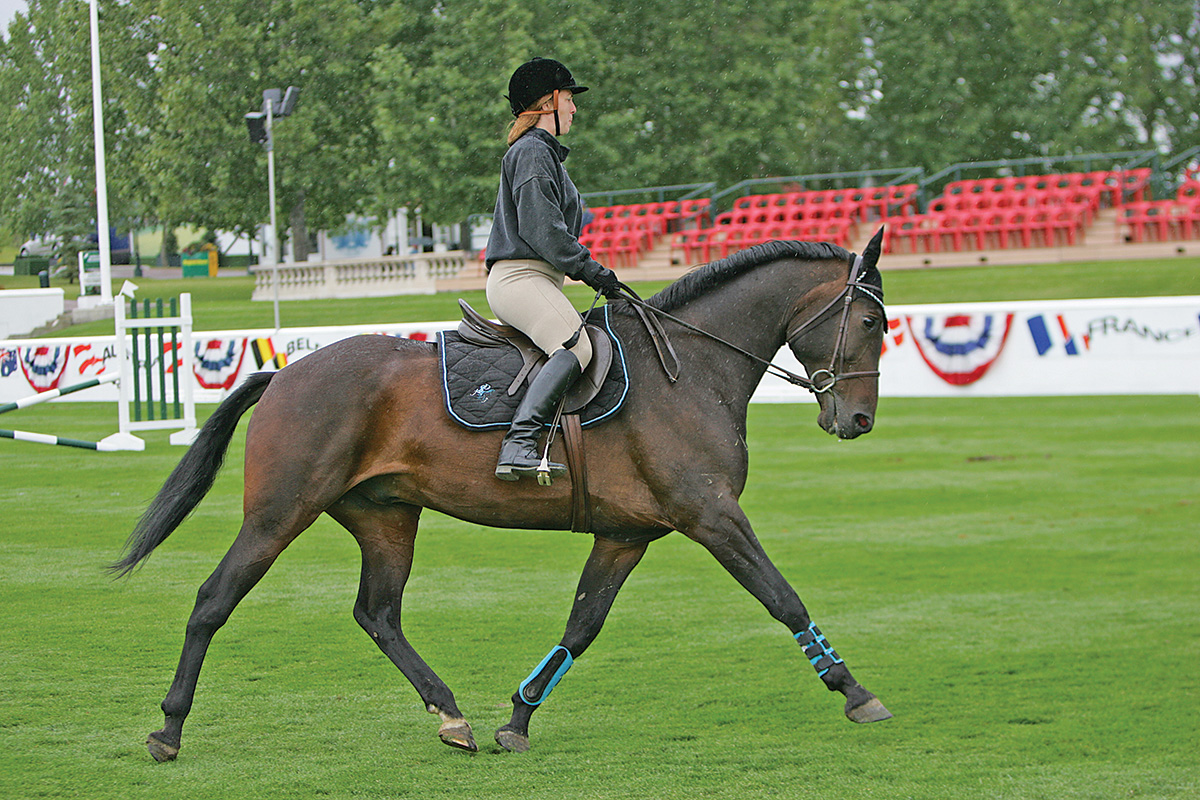
“Standardbreds enjoy working,” says Helene. “They do anything you ask of them, and do it eagerly. They are the blue-collar workers of the equine breeds.”
Standardbred Breed History
A melting pot of equine bloodlines, the Standardbred’s origins begin with a gray Thoroughbred stallion named Messenger, foaled in England in 1780. Imported to the United States eight years later in 1788, Messenger stood at stud for 20 seasons and demonstrated an unparalleled ability to sire trotters in New Jersey, Pennsylvania and New York.
Though Messenger was bred to produce athletic and speedy horses, it would be his great-grandson, Hambletonian 10, who ignited the spark for the Standardbred breed and claims the title of foundation sire.
Hambletonian 10 sired over 1,300 offspring. A mix of breeds were introduced into his line, including Thoroughbreds, Morgans, Canadian pacers, and other pacing and trotting horses.
Bred in two lines—trotters and pacers—Standardbreds introduced racing to the everyday person. Races between neighbors and village roads soon blossomed in major cities where locals cleared streets for rivalries.
Gaited pacers run in a two-beat lateral gait, moving legs on the same side in unison. Trotters race in the traditional diagonal gait, moving opposite pairs of legs together.
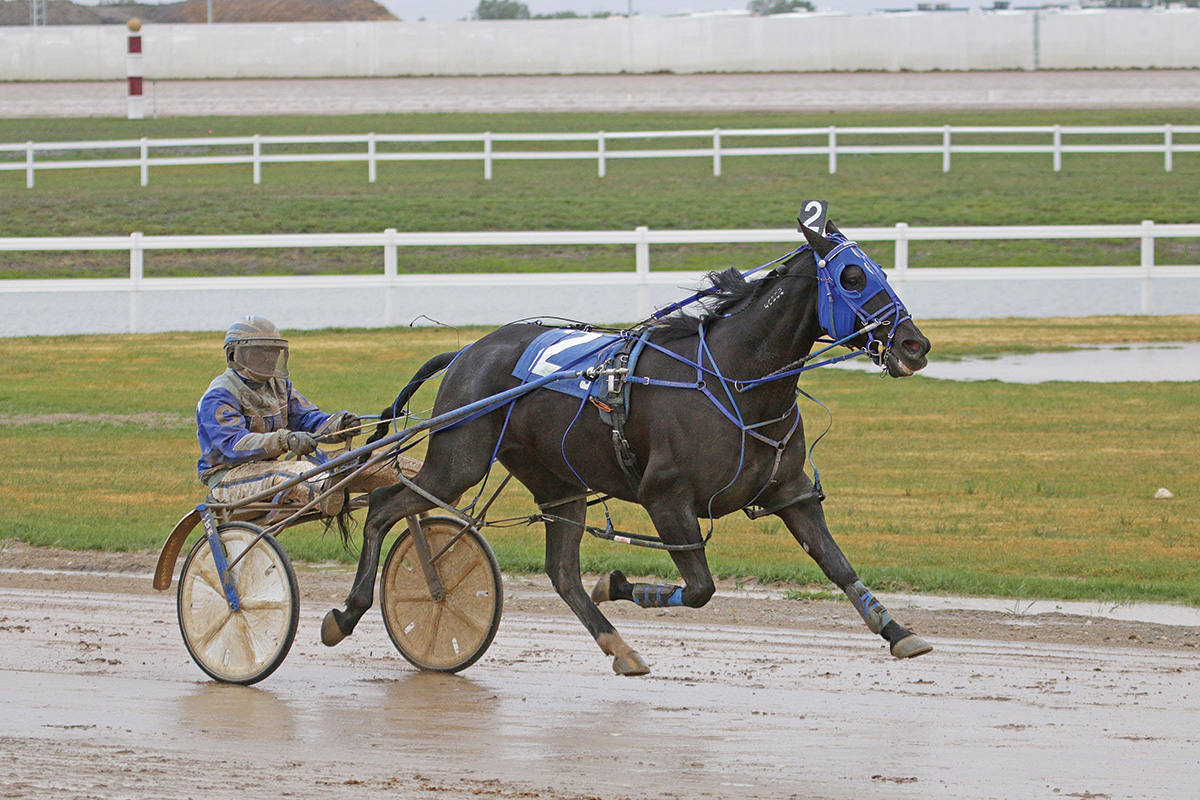
The National Association of Trotting Horse Breeders created the Standardbred’s official registry in 1879. The Association’s requirement for the breed required that a horse be able to trot or pace a mile in 2 minutes and 30 seconds. This “standard” led to the name Standardbred.
From Track to Patrol
The unruffled personality of the Standardbred is well-suited to many professions, including police mounts. Mounted horse patrols can be found riding drafts and draft-crosses in many cities across the United States, but in Newark, N.J., the breed of choice is the Standardbred.
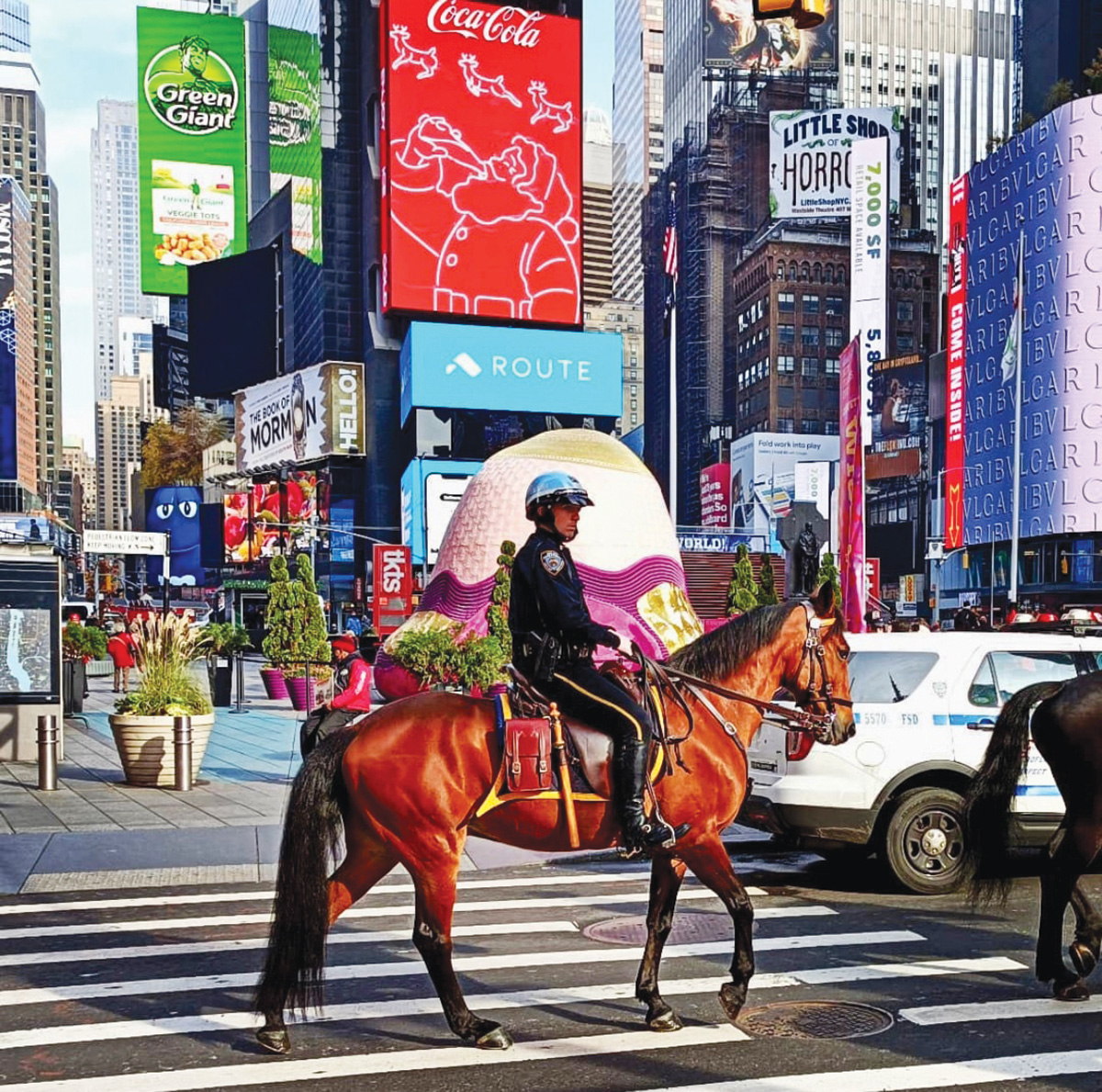
Officer Luis Camacho is the instructor and trainer for officers in the department’s mounted patrol. Working with the Standardbred Retirement Foundation, Camacho helps adopt and retrain surrendered horses for police work.
“We stick to the same build and color of the horses to maintain uniformity of the patrol,” says Camacho. “We want to look the same every day to the community. The Standardbred has a consistent temperament needed to perform police work. It’s a sturdy horse and tends to accept the city environment.”
Newark Police mounted officers patrol residential neighborhoods, business districts, and community events like parades, festivals, and concerts because they can cover more ground than a team of officers on foot.
“We’re in a city, so it’s very noisy,” Camacho explains. “EMS ambulances, buses, you name it, they hear it. I think it helps to work with horses coming off the track because they’re not sitting for a long time in a stall.”
Mounted patrol officers receive six weeks of training. Riding instruction and basic horsemanship protocols, including primary care and feeding of the horse, prepare them for a partnership with their assigned mount.
Standardbred Horses: Anything but Standard
A Standardbred makes a wonderful choice for novice riders who may choose the trail or casual riding over the competition ring. The average height for the breed is 14.2 to 15.3 hands, and a weight of 900 to 1,000 pounds means they are smaller than Thoroughbreds and warmbloods. This can make them more accessible for timid riders who prefer a smaller mount.
Although the breed sports a robust and durable body type, their calm temperament, high tolerance for rider mistakes, and willingness to please people outshines all its physical attributes.
Mary Minkoff is a longtime board member and volunteer at Sunshine Horses, Inc., one of the leading Standardbred aftercare facilities in New York State. She also owns a Standardbred named Hucklebuck (aka “Huck”), and believes the thinking that these horses can only succeed on the track is outdated.
“The breed has the potential to excel in any discipline,” says Minkoff. “People realize that they don’t need to have a Thoroughbred or a Quarter Horse to do a particular job.”
While at first glance they may seem to sport a plain brown wrapper, the Standardbred’s athleticism, calm temperament, and willingness to please their riders make them worth a second look.
This article about the Standardbred appeared in the November/December 2022 issue of Horse Illustrated magazine. Click here to subscribe!

